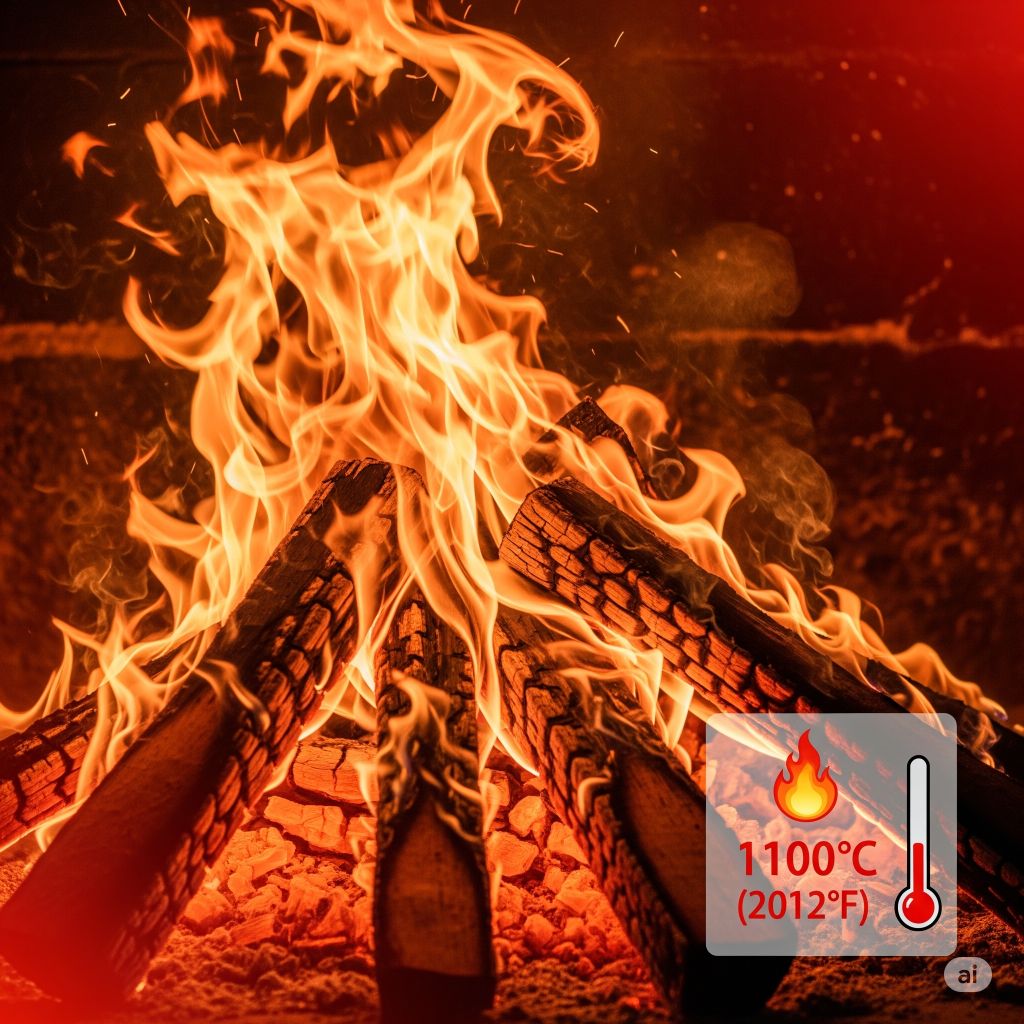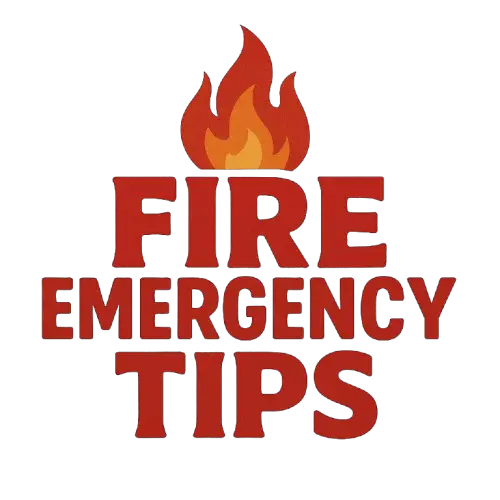
When it comes to wood fires, the temperature they can reach might surprise you. Many people underestimate just how hot a wood fire can get and the potential dangers that come with it. In this article, I’ll delve into the fascinating world of wood fires and uncover the truth about their maximum temperatures.
Contrary to popular belief, wood fires can reach incredibly high temperatures that pose risks if not properly managed. Understanding the science behind wood fires and their heat output is crucial for ensuring safety and efficiency. Join me as we explore the factors that influence the heat of a wood fire and how to harness its power responsibly.
Key Takeaways
- Wood fires can reach temperatures as high as 1,100 degrees Celsius (2,012 degrees Fahrenheit), posing risks if not properly managed.
- Factors such as the type of wood, moisture content, airflow, and fire size influence how hot a wood fire can get.
- Underestimating wood fire temperatures can lead to risks like creosote build-up, poor heating efficiency, increased air pollution, formation of carbon monoxide, and the risk of creeping fires.
- To harness wood fire power safely, use seasoned hardwood, maintain adequate airflow, schedule regular chimney inspections, and choose certified wood stoves or fireplaces.
Unveiling the Temperature Potential
When it comes to wood fires, the temperature potential might surprise you. Some may underestimate the heat output of a wood fire, assuming it’s not as intense as other sources. However, wood fires can reach temperatures as high as 1,100 degrees Celsius (2,012 degrees Fahrenheit) under optimal conditions.
Understanding the temperature potential of a wood fire is crucial for safety and efficiency. This knowledge can help you take the necessary precautions to prevent accidents and ensure you are harnessing the heat effectively.
Factors such as the type of wood used, airflow, and the size of the fire all play a role in determining how hot a wood fire can get. By being aware of these factors and properly managing your wood fire, you can maximize its heat output while minimizing risks.
Factors Influencing Wood Fire Heat
When it comes to wood fire heat, there are several key factors that play a crucial role in determining how hot a wood fire can get. Understanding and controlling these factors are essential for maximizing heat output while maintaining safety. Here are some influencing factors to consider:
- Type of Wood: Different types of wood burn at different temperatures. Hardwoods like oak and maple burn hotter and longer than softwoods like pine or spruce.
- Moisture Content: Wet or green wood produces less heat as energy from the fire is used to evaporate moisture. It’s essential to use properly seasoned wood with low moisture content for optimal heat output.
- Airflow: Proper airflow is vital for a wood fire to burn efficiently. Ensuring a good supply of oxygen helps maintain high temperatures.
- Fire Size: The size of the fire influences how hot it can get. Larger fires have the potential to reach higher temperatures compared to smaller ones.
By being mindful of these crucial factors, I can effectively manage my wood fires, ensuring that I achieve the desired heat levels while reducing any potential risks.
Risks of Underestimating Wood Fire Temperatures
Underestimating wood fire temperatures can lead to dangerous consequences that may result in safety hazards. Here are some key risks to consider:
- Creosote Build-Up: Burning wood at temperatures lower than 500°F can cause incomplete combustion, leading to the buildup of creosote in chimneys. This highly flammable substance can ignite and result in chimney fires.
- Poor Heating Efficiency: Inadequate fire temperatures mean inefficient burning, resulting in less heat output. This not only fails to provide the desired warmth but also wastes the energy potential of the wood being burned.
- Increased Air Pollution: Low-temperature wood fires produce more smoke and particulate matter, contributing to air pollution. This not only impacts indoor air quality but also adds to environmental pollution levels.
- Formation of Carbon Monoxide: Incomplete combustion due to low temperatures can lead to the production of carbon monoxide, a colorless and odorless gas that poses serious health risks when inhaled in high concentrations.
- Risk of Creeping Fires: A fire burning at lower temperatures may not fully consume the wood, increasing the risk of hot embers escaping and causing unintended fires, especially in poorly maintained or constructed fire pits or stoves.
Understanding the risks associated with underestimating wood fire temperatures is crucial for maintaining a safe and efficient heating environment.
Harnessing Wood Fire Power Safely
When it comes to harnessing wood fire power safely, there are key considerations to keep in mind for optimal performance and reduced risks. Here are some essential tips for ensuring your wood fire operates efficiently and without unnecessary hazards:
Use the Right Wood:
- Opt for seasoned hardwood that has been properly dried for at least six months to ensure a cleaner burn and higher heat output.
- Avoid using wet or green wood as it can create excess smoke, cause creosote buildup, and reduce the efficiency of your fire.
Maintain Adequate Airflow:
- Proper airflow is crucial for complete combustion and optimal heat generation.
- Ensure your ventilation system is functioning correctly to prevent the buildup of harmful gases like carbon monoxide.
Regular Chimney Inspection and Cleaning:
- Schedule annual chimney inspections and cleanings to remove creosote deposits that can pose a fire hazard.
- A clean chimney not only improves safety but also enhances the efficiency of your wood fire.
- Choose a certified wood stove or fireplace that meets safety standards and efficiency requirements.
- Proper installation by a professional is crucial to ensure safe operation and optimal performance.
By following these guidelines, you can harness the power of a wood fire safely, efficiently, and with peace of mind. Proper maintenance and responsible wood burning practices are essential for enjoying the warmth and comfort of a wood fire while minimizing potential risks.
Conclusion
Wood fires can reach higher temperatures than many people realize, making it crucial to handle them with care. By following the tips provided in this article, such as using seasoned hardwood, ensuring proper airflow, and conducting regular chimney inspections, you can safely harness the power of wood fires. Opting for certified wood stoves or fireplaces and having them installed by professionals further enhances safety and efficiency. These practices not only reduce risks but also enhance the overall performance of your wood fire experience. Stay informed, stay safe, and enjoy the warmth and ambiance of wood fires responsibly.
Frequently Asked Questions
What type of wood should I use for a wood fire?
Use seasoned hardwood for your wood fire. It burns cleaner, produces more heat, and creates less creosote buildup in your chimney.
How can I ensure proper airflow for combustion in my fireplace?
Maintain adequate airflow by opening the damper fully before lighting a fire. This allows oxygen to fuel the flames and helps with efficient combustion.
Why is it important to conduct regular chimney inspections?
Regular chimney inspections are crucial to prevent creosote buildup, which can lead to chimney fires. Schedule annual inspections to ensure your chimney is safe and functioning properly.
Should I choose a certified wood stove or fireplace?
Yes, opt for certified wood stoves or fireplaces to guarantee safety and efficiency. These products meet specific standards and have undergone testing to ensure proper operation.
Why is professional installation of wood stoves or fireplaces important?
Professional installation ensures safe operation and prevents potential hazards. Certified technicians can properly set up your wood stove or fireplace for optimal performance and safety.
